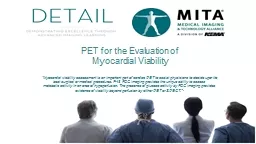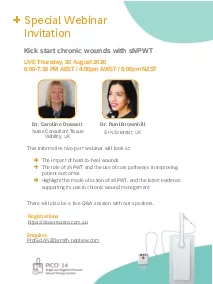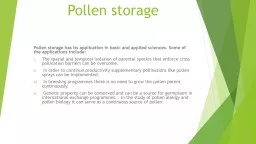PPT-Tissue Viability
Author : trish-goza | Published Date : 2016-08-08
Good Preventative Practice Helen Harris Tissue Viability Nurse Specialist What is Tissue Viability Management and advice for service users with complex wounds Management
Presentation Embed Code
Download Presentation
Download Presentation The PPT/PDF document "Tissue Viability" is the property of its rightful owner. Permission is granted to download and print the materials on this website for personal, non-commercial use only, and to display it on your personal computer provided you do not modify the materials and that you retain all copyright notices contained in the materials. By downloading content from our website, you accept the terms of this agreement.
Tissue Viability: Transcript
Download Rules Of Document
"Tissue Viability"The content belongs to its owner. You may download and print it for personal use, without modification, and keep all copyright notices. By downloading, you agree to these terms.
Related Documents














